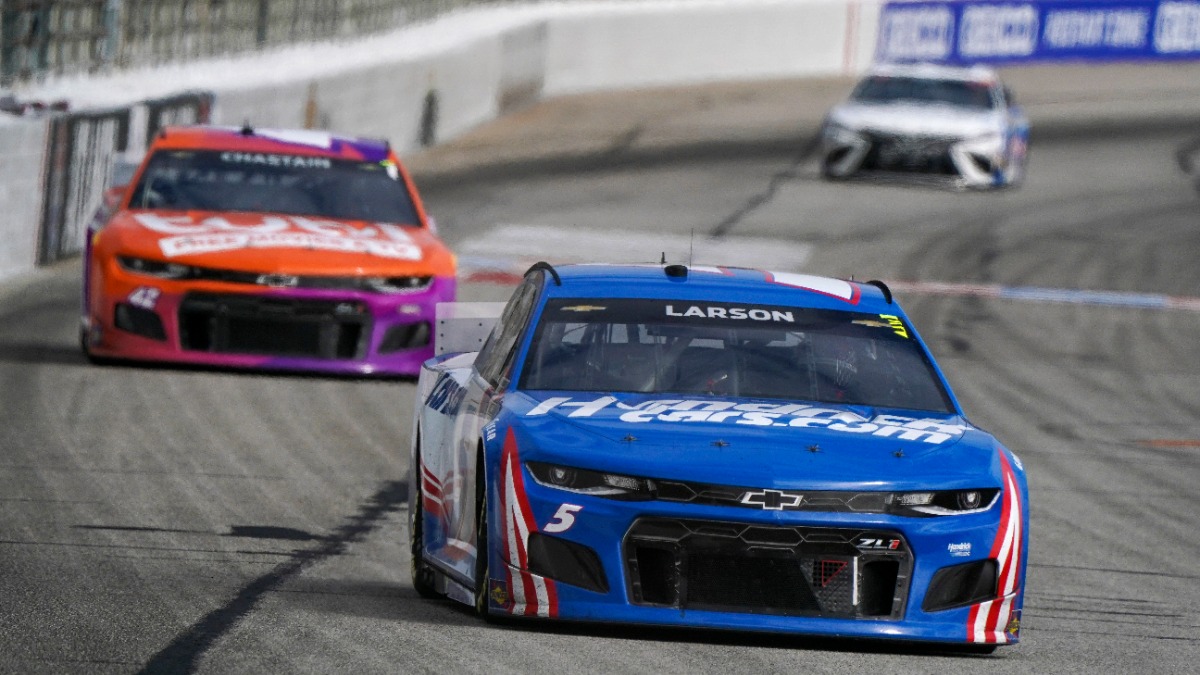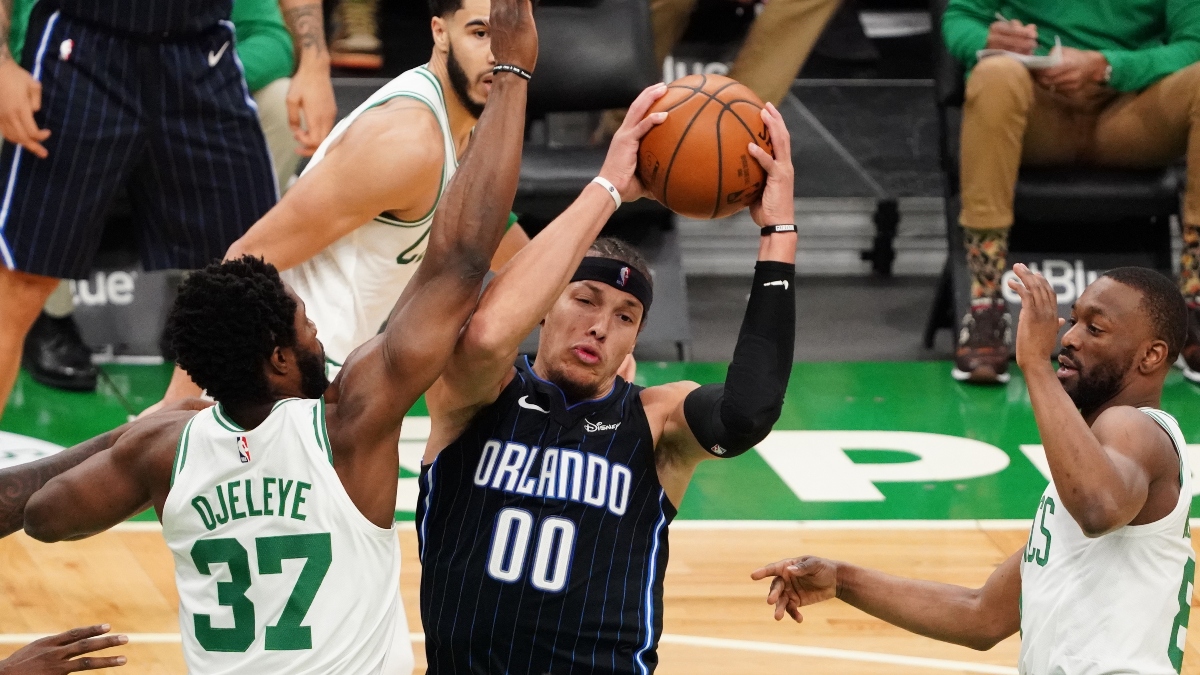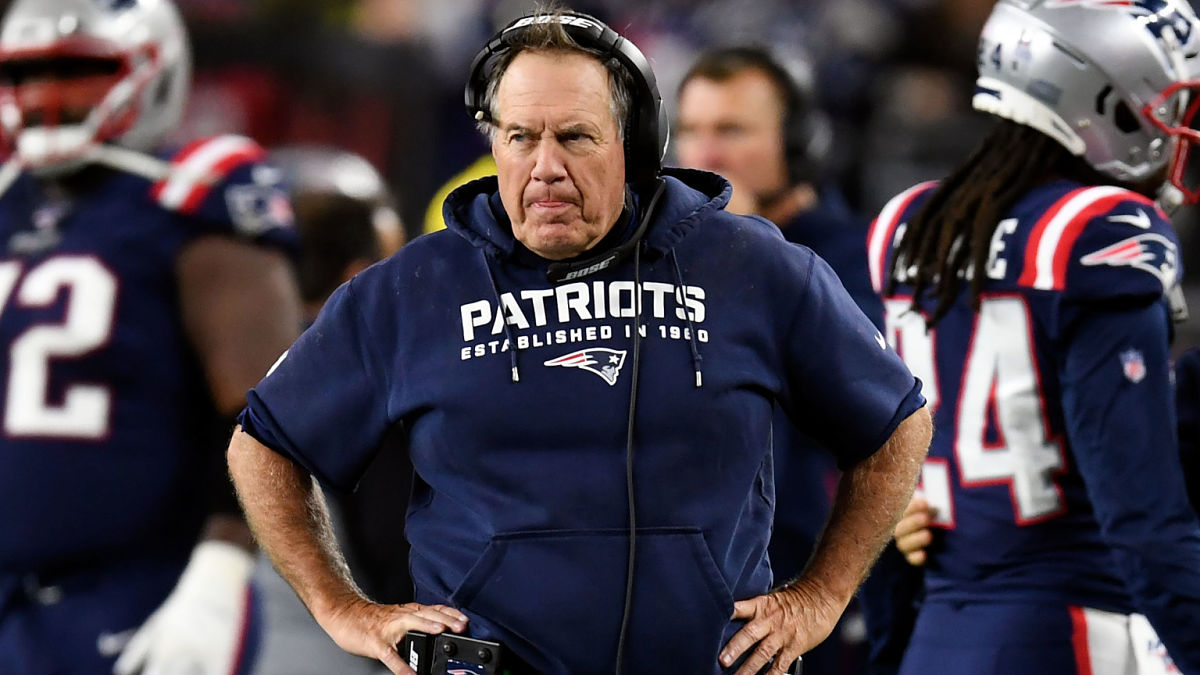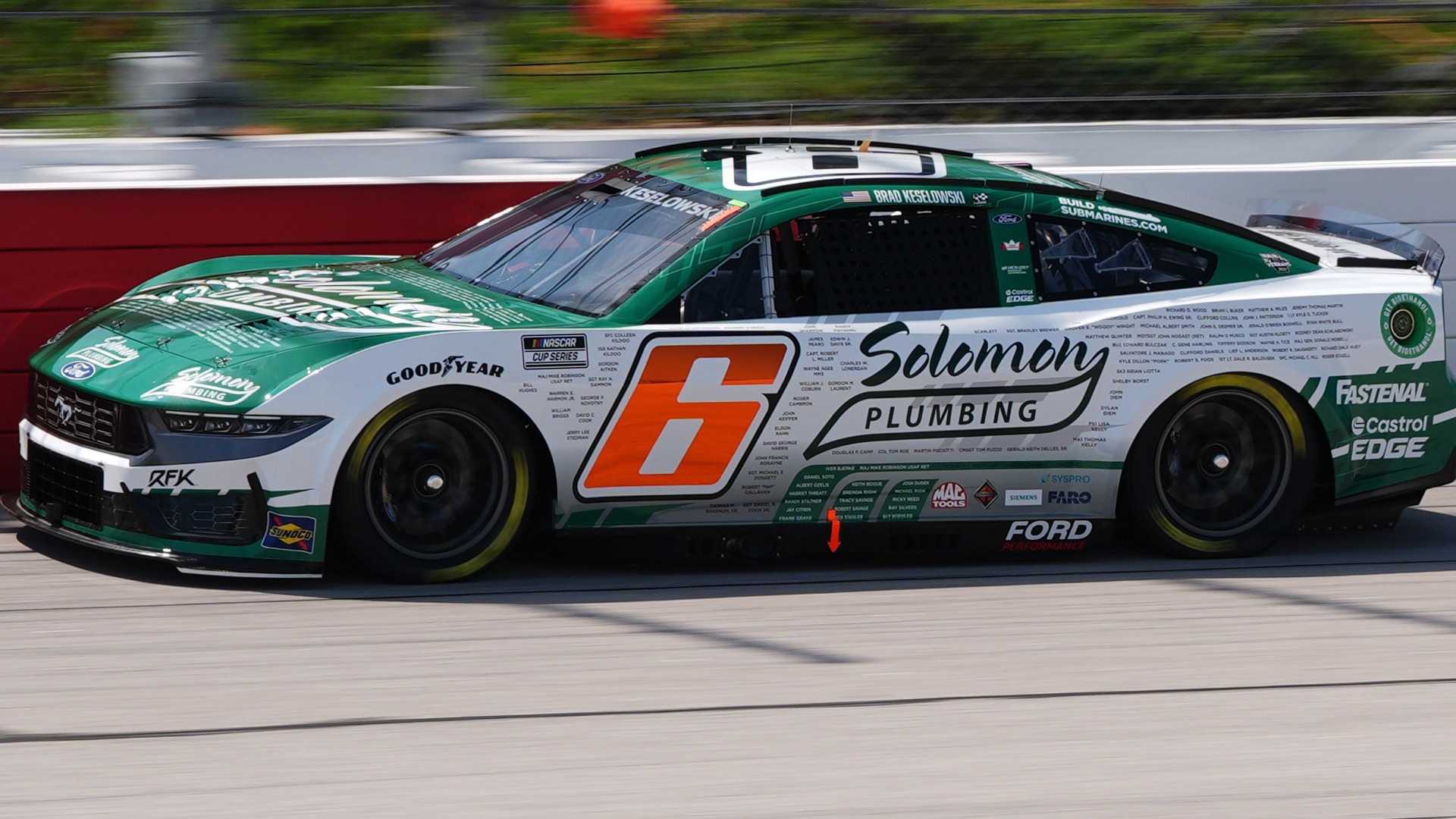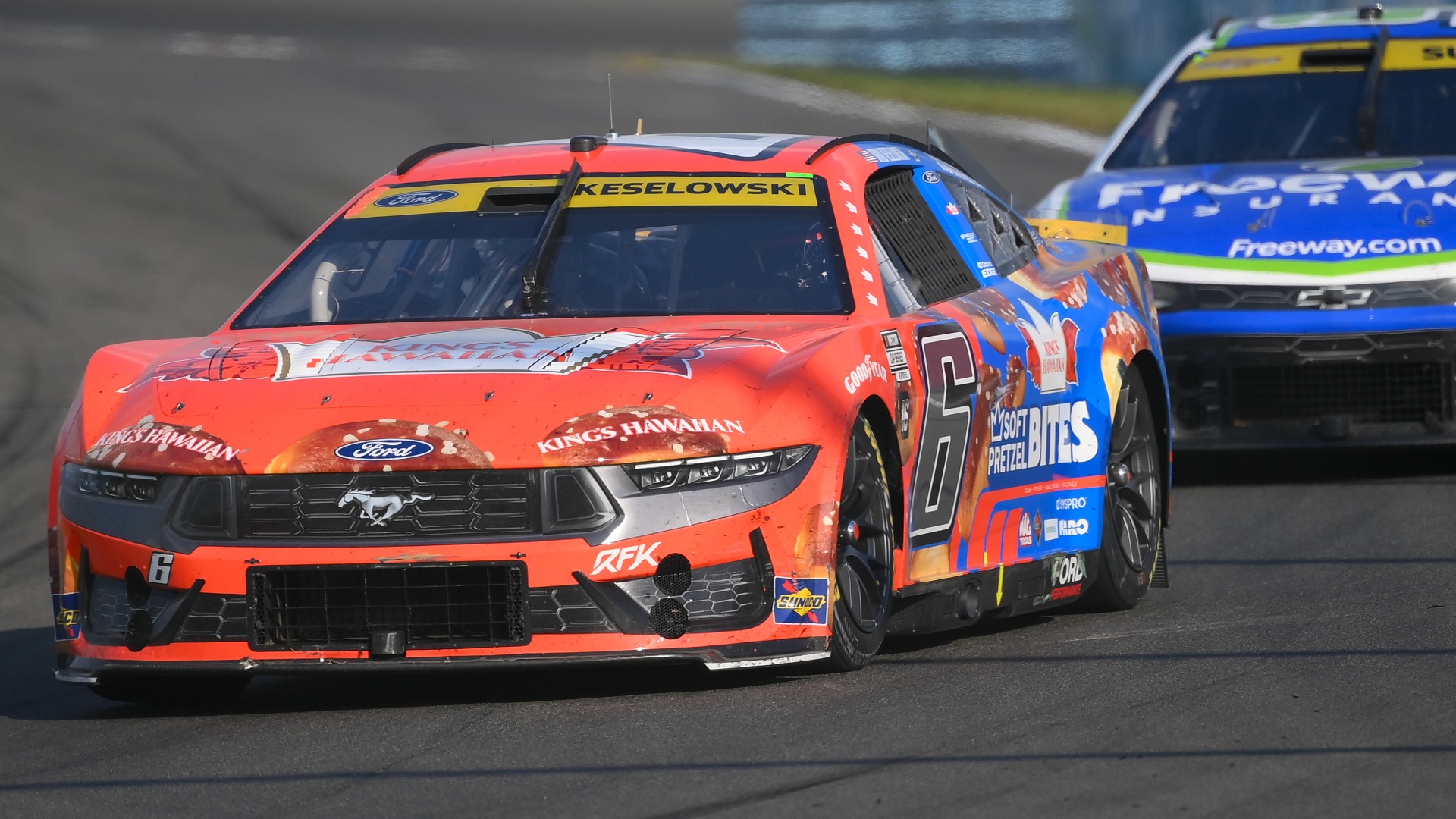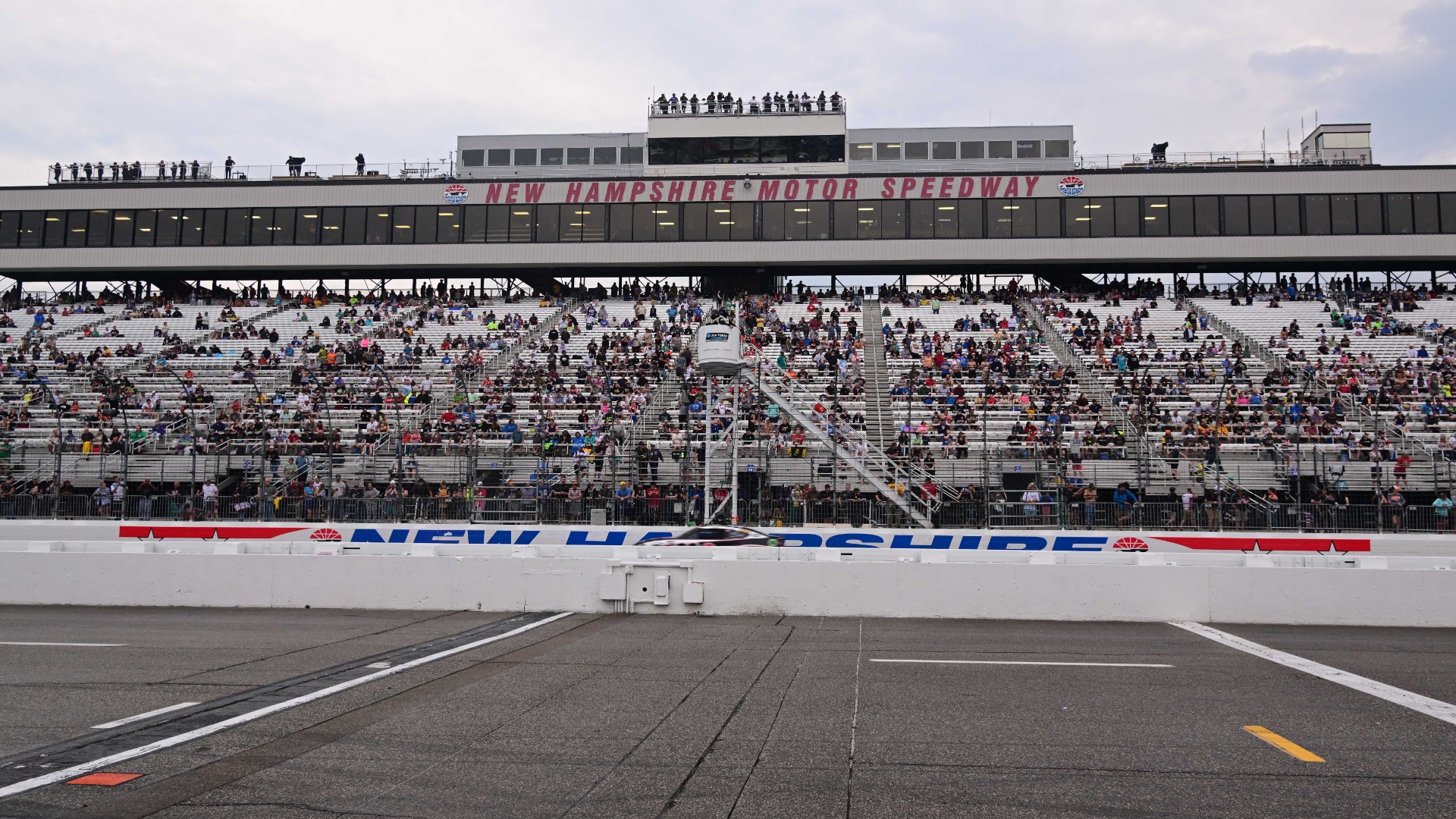Unpredictability breeds the most entertaining racing. By that measure, it's possible Sunday's Food City Dirt Race at Bristol Motor Speedway will be one of the most spectacular events in motorsports history.
All the aspects that might combine to make the NASCAR Cup Series' first dirt race in more than 50 years amazing, however, are calculated risks that could develop into a disaster.
Here are just a few.
It's not a dirt track.
A great track is not inherently great. Whether a track produces quality racing depends on all sorts of factors, with the fit of the race cars themselves being the No. 1 priority. Indianapolis Motor Speedway creates the greatest spectacle in racing for IndyCar, but it's a snoozefest for stock cars. Even within a single series, historically thrilling tracks for NASCAR, such as Richmond Raceway and Dover International Speedway, have seen their quality suffer with more modern Cup car packages.
In other words, just because Bristol reliably produces incredible racing on concrete doesn't mean it will produce incredible racing on dirt.
For years, when rumors swirled about NASCAR adding a dirt race to the Cup schedule, Eldora Speedway in Ohio was assumed to be the natural venue. Instead, NASCAR opted to cover a concrete track with dirt. The sport's leadership is publicly expressing confidence that this approach will be as effective as a purpose-build dirt track. We'll see.
Lots of laps.
Take a look at the schedules for smaller dirt tracks and you'll see lots of short heats, main "A" and main "B" events, and features that might hit 150 laps. They're set up that way because dirt responds differently than a paved surface. Whereas laying down rubber on asphalt or concrete creates a preferred groove, on dirt it can mean the difference between a line being usable or worthless.
So suffice to say, 250 laps on dirt that's been dumped on top of concrete by the truckload, with cars not originally designed to run on anything besides a smooth, dedicated racing surface, might create a one-groove effect similar to what's been seen at Charlotte Motor Speedway or one of the more dull 1 1/2-mile paved tracks in recent years.
Speaking of which ...
Car setup.
NASCAR engineers are smart, and there's no doubt that they'll find a way to set up the cars to run dirt as well as technologically possible, while still adhering (mostly) to the stipulations of the rules package. Still, these are wide, heavy, unruly stock cars, with low ground clearance and enclosed cockpits and all sorts of characteristics custom-designed dirt cars don't have. These aren't Sprint cars. They're not even trucks, which managed to find an entertaining recipe on dirt.
When the Cup series last ran on dirt more than a half-century ago, the cars were much different. They were much closer to the Buick in your grandfather's driveway than they are today, and while grandpa's Buick wasn't much for dirt roads compared to a Ford Bronco, it was still passable compared to a Lamborghini. The versatility has been engineered out of Cup cars in the intervening decades, so it's not as simple as plopping a Cup car onto dirt and seeing how it goes.
Driver inexperience.
None of the current Cup drivers came up racing on dirt as preparation for breaking into the top series. Zero. Zilch. Nada.
The drivers with extensive dirt experience raced dirt for dirt's sake. Ricky Stenhouse Jr., Kyle Larson and even retired drivers like Tony Stewart raced dirt because it's awesome and, yes, some of the skills picked up on dirt, like car control, can transfer to NASCAR. But for every current Cup driver's entire life, you could set a career path that never encountered clay.
And while some Cup regulars like Austin Dillon and Bubba Wallace do have NASCAR dirt wins on their resumes, a lot of drivers, including championship contenders, don't. To its credit, NASCAR built more practice into the weekend, after gradually going away from on-track practice time during COVID-19, and most Cup drivers are so talented, it might not take them more than a handful of laps to get the hang of it. But there are inevitably going to be some drivers who will look as lost as Lightning McQueen was when he was told, "Turn right to go left."
Fan visibility.
The jokes about having extra windshield tear-offs have been fun, but the ability of drivers to see where they're going shouldn't be much of a concern. As noted above, NASCAR car chiefs are smart, and they solved the driver visibility piece long ago.
What the teams aren't as concerned about, however, is the viewing experience for fans. If you've ever been to Bristol, you know it's not an open, windswept course where debris gets blown away. It's a big cylinder, where everything that gets kicked up from the track will just sort of hang there until falling back down.
Will viewers be able to see what the heck is going on? Of course. Enough televised dirt races have been broadcast for FOX to know what it's doing. But if holding a dirt trace at Bristol is about attracting new fans -- and it is -- it's reasonable to wonder how the casual fan will enjoy the product on their grimy, particulate-filled screen.
In the end, all of these supposed problems are precisely what makes the Bristol dirt race a must-watch event. If nothing else, NASCAR is banking on the idea that whatever occurs will be unforgettable, so in that sense, at least, count on it being a success.
